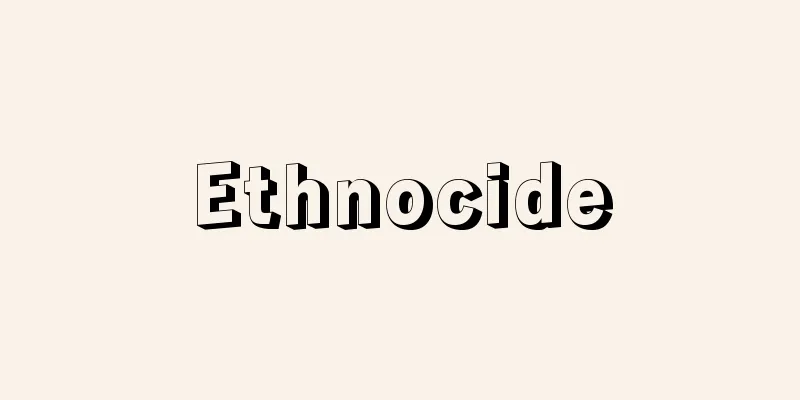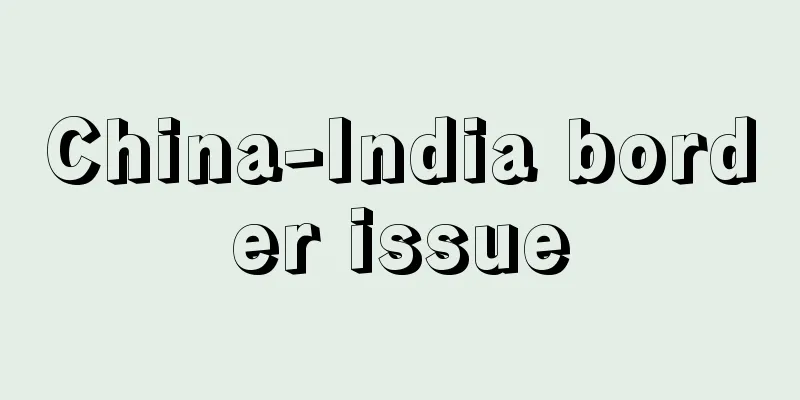Emancipation of Serfs - Noudokaihou

|
The emancipation of peasants from serfdom The emancipation of serfs took place throughout medieval Western Europe from the 12th to the 16th centuries. There was also the emancipation of serfs in the modern sense, when feudal rule was abolished and peasants were freed from all feudal burdens and became completely free. The latter is also called the emancipation of peasants. [England] The collapse of feudal society progressed most smoothly, and the emancipation of serfs was already almost complete by the end of the 14th century. Yeoman (independent self-employed farmers) were formed, freed from feudal rents, and from among them industrial capitalists grew, becoming the key players in the Puritan Revolution. This revolution completed the emancipation of the peasants. [France] The emancipation of serfs began to progress around the 13th century, but the French Revolution freed peasants from feudal burdens free of charge, established small landowning peasants, and completely abolished the feudal system. [Prussia] Around the 16th century, a serf-like land system called Gutsherrschaft was established. Following the defeat in the Napoleonic Wars, reforms by Stein-Hardenberg and others promoted the emancipation of the peasants, but the power of the landowning aristocracy known as the Junkers was preserved. [Russia] Following Russia's defeat in the Crimean War, Alexander II felt the need to modernize and issued the Emancipation Edict in 1861, which granted personal freedom to peasants and allocated land to them. However, because the Land Indemnity Law required a large amount of money to acquire land, the emancipation of the serfs was not complete, and serfdom persisted into the 20th century. Source: Obunsha World History Dictionary, Third Edition About Obunsha World History Dictionary, Third Edition |
|
農民が農奴の身分から解放されること 12世紀から16世紀にかけて,中世西ヨーロッパ中世各地で行われた人格的な農奴解放と,封建的支配が廃棄され,農民がいっさいの封建的負担から解放されて,完全に自由身分となる近代的な意味での農奴解放とがある。後者は農民解放ともいわれる。 【イギリス】封建社会の崩壊が最も順調に進んで農奴解放がすでに14世紀末までにほぼ完了し,封建地代から解放されたヨーマン(独立自営農民)が形成され,のちこの中から産業資本家が成長し,ピューリタン革命のにない手となった。この革命によって,農民解放が完成した。 【フランス】13世紀ごろから農奴解放が進んだが,フランス革命によって農民は封建的負担から無償で解放され,小土地所有農民が成立,封建的制度は完全に廃止された。 【プロイセン】16世紀ごろ,農奴制的なグーツヘルシャフトといわれる土地制度が成立。ナポレオン戦争の敗北を機に,シュタイン・ハルデンベルクらの改革によって,農民解放が進められたが,ユンカーと呼ばれる地主貴族の勢力が温存された。 【ロシア】クリミア戦争の敗北によって近代化の必要を感じたアレクサンドル2世が,1861年農奴解放令を出し,農民は人格的自由を与えられ,土地を分与されることになったが,土地の入手は,土地賠償法によって多くの金額が必要であったので,農奴解放はきわめて不徹底に終わり,農奴制は20世紀まで残存した。 出典 旺文社世界史事典 三訂版旺文社世界史事典 三訂版について 情報 |
Recommend
Plastic composite materials
A composite material in which the continuous phase...
Nariai Mountain - Nariai-san
A mountain in the north of Kyoto Prefecture, south...
Araragi
A tanka magazine. After the discontinuation of &qu...
Anti-Rightist Struggle - Fan-you-pai touzheng
An ideological and political struggle against so-c...
Masatsuna Okochi
1576-1648 Azuchi-Toyotomi - A daimyo in the early...
Hexavalent Chromium - Hexavalent Chromium
When chromium acts as a hexavalent element in chro...
Carl August
1757‐1828 Duke of Saxe-Weimar (Grand Duke from 181...
Ugly name - Shikona
〘Noun〙① A pseudonym. A real name. A real name. ※Ka...
Ikoma clan
He was the lord of Yashima Domain in Dewa Provinc...
Shikaoi [town] - Shikaoi
A town in Kato District, Hokkaido. The northern pa...
Acetone - acetone
The simplest and most important ketone. Also know...
Dollar shortage - dollar shortage
The four to five years immediately following World...
King Achi
…Among the naturalized people of ancient Japan, h...
Georgii Vasil'evich Chicherin
1872‐1936 Soviet diplomat. Born to an old aristocr...
Filamentous pollen - Itojoukafun
...The genera Zostera, H. difficile (Hydrocharis ...









